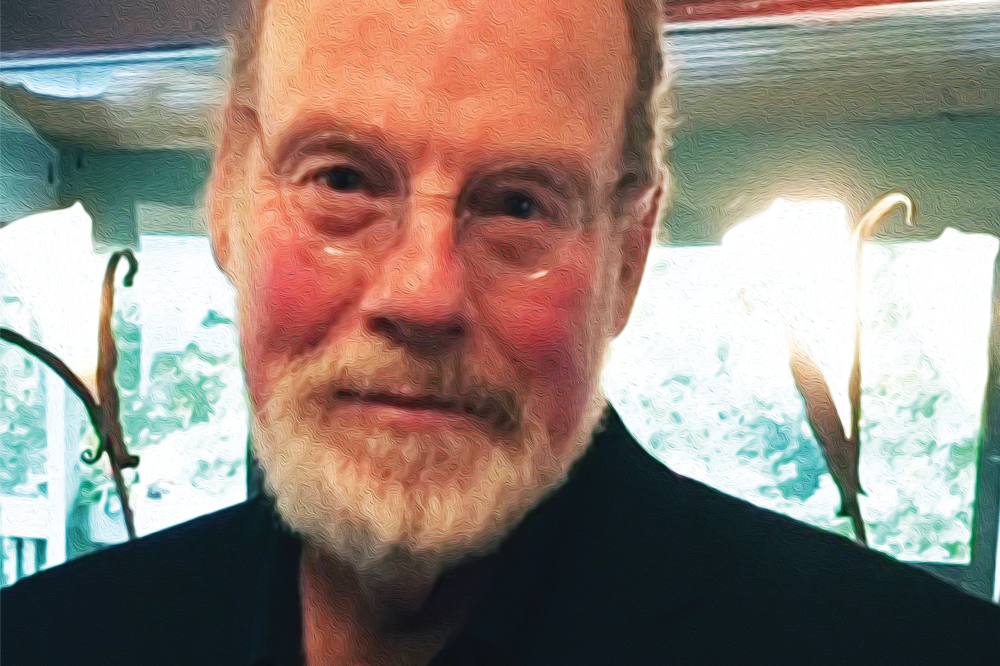
“Fluorescence microscopy is considered a minimally invasive optical technique to address a number of biological questions that cannot be answered by other means in a fast and relatively inexpensive way,” says Vladislav Shcheslavskiy, a senior research scientist at Becker & Hickl. “Although there are a lot of powerful methods to interrogate biological systems in vitro, there are a limited number of ways to explore samples in vivo, especially when they’re large.” To overcome this difficulty, Shcheslavskiy and colleagues from Russia developed a system that allows users to boost fluorescence laser scanning microscopy to image samples as large as 18 mm² – where the previous limit was less than 1 mm². But what separates this technology from mainstream imaging techniques for large samples?
“Currently, there are systems on the market that allow you to do whole-body imaging, but they lack molecular sensitivity,” explains Shcheslavskiy. “We believe our macro-scanner can find applications in profiling tumors and in determining surgical margins. We should also note that the exploration of the tumors in this case is based on the observation of intrinsic fluorophores that are present in it, so it is a virtually label-free approach to the monitoring of samples.” Their “macroscopic” technique can also examine tumor response to different therapeutics, and can be combined with other imaging systems to expand its scope of use. Shcheslavskiy adds, “Of course, before they can enter routine use in clinics, all results obtained by optical methods have to go through independent checks by biochemical and other common methods for clinical labs.” As well, his group’s next steps include making the system more user-friendly and updating the software and hardware to increase its flexibility and compactness. Shcheslavskiy concludes by highlighting the collaborative scope of the project, saying, “This work would be impossible without our collaboration with biologists. I would like to take the opportunity to express my appreciation to my colleagues from Privolzhsky Research Medical University, Nizhniy Novgorod, especially Elena Zagaynova and Marina Shirmanova. who were the main driving forces in the experiments carried out with the developed system.”
References
- VI Shcheslavskiy et al., “Fluorescence time-resolved microimaging”, Opt Lett, 43, 3152–3155 (2018). PMID: 29957804.




